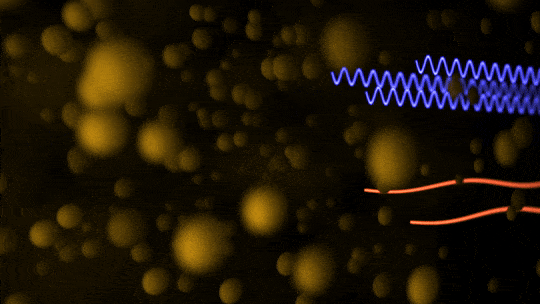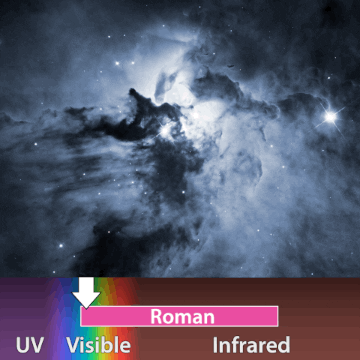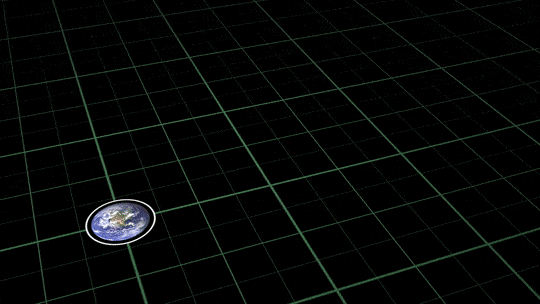Big news for our Nancy Grace Roman Space Telescope! Thanks to some new “shades” – an infrared filter that will help us see longer wavelengths of light – the mission will be able to spot water ice on objects in the outer solar system, see deeper into clouds of gas and dust, and peer farther across space. We’re gearing up for some super exciting discoveries!
You probably know that our solar system includes planets, the Sun, and the asteroid belt in between Mars and Jupiter – but did you know there’s another ‘belt’ of small objects out past Neptune? It’s called the Kuiper belt, and it’s home to icy bodies that were left over from when our solar system formed.
A lot of the objects there are like cosmic fossils – they haven’t changed much since they formed billions of years ago. Using its new filter, Roman will be able to see how much water ice they have because the ice absorbs specific wavelengths of infrared light, providing a “fingerprint” of its presence. This will give us a window into the solar system’s early days.
Clouds of dust and gas drift throughout our galaxy, sometimes blocking our view of the stars behind them. It’s hard for visible light to penetrate this dusty haze because the particles are the same size or even larger than the light’s wavelength. Since infrared light travels in longer waves, it hardly notices the tiny particles and can pass more easily through dusty regions.

With Roman’s new filter, we’ll be able to see through much thicker dust clouds than we could have without the upgrade. It’ll be much easier to study the structure of our home galaxy, the Milky Way.

Roman’s expanded view will also help us learn more about brown dwarfs – objects that are more massive than planets, but not massive enough to light up like stars. The mission will find them near the heart of the galaxy, where stars explode more often.
These star explosions, called supernovae, are so extreme that they create and disperse new elements. So near the center of the galaxy, there should be higher amounts of elements that aren’t as common farther away, where supernovae don’t happen as often.
Astronomers think that may affect how stars and planets form. Using the new filter, Roman will probe the composition of brown dwarfs to help us understand more.
Roman’s upgraded filter will also help us see farther across space. As light travels through our expanding universe, its wavelength becomes stretched. The longer it travels before reaching us, the longer its wavelength becomes. Roman will be able to see so far back that we could glimpse some of the first stars and galaxies that ever formed. Their light will be so stretched that it will mostly arrive as infrared instead of visible light.

We’re still not sure how the very first galaxies formed because we’ve found so few of these super rare and faint beasts. But Roman will have such a big view of the universe and sharp enough vision that it could help us find a lot more of them. Then astronomers can zoom in on them with missions like our James Webb Space Telescope for a closer look.
Roman will help us explore these cosmic questions and many more! Learn more about the mission here: https://roman.gsfc.nasa.gov/
Make sure to follow us on Tumblr for your regular dose of space: http://nasa.tumblr.com